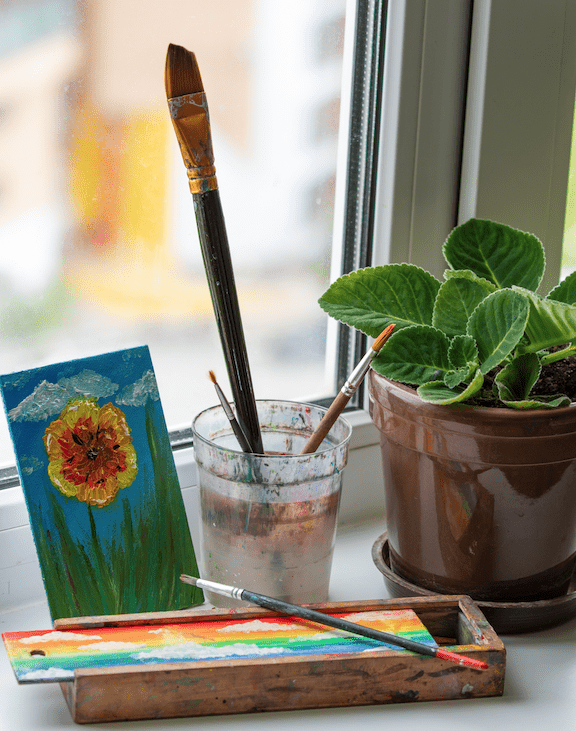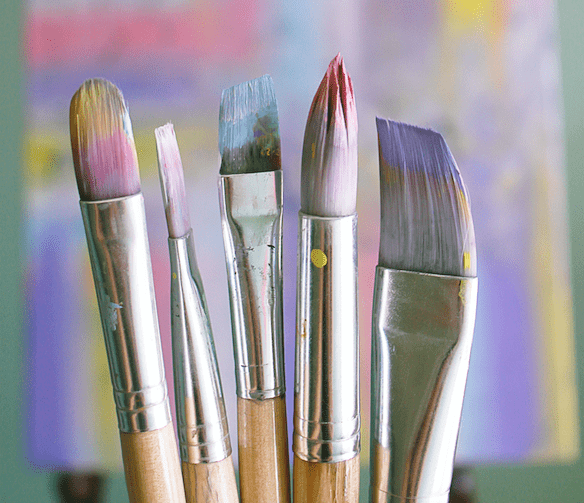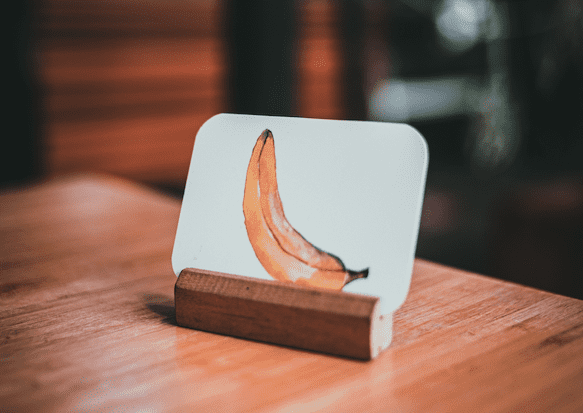Best Miniature Paint Set
Hey there, miniature painters! If you’re looking to take your painting skills to the next level then this article is for you. I'm going to help you find the best paint sets on the market so you can get started with confidence and skill.
As an experienced mini painter, I know how daunting it can be when trying to select paints for a new project. With endless brands and colours available, making a decision isn't always easy. That's why I've put together this guide - so that you don't have to waste time searching through all of those options yourself.
You're about to learn everything you need to know about finding the perfect set of miniature paints for your needs. From choosing between acrylics or oils, selecting from different manufacturers, and understanding what tools are included in each type of set - by the end of this brief introduction, you'll have all the knowledge needed to pick out your own personal favourite kit!
Overview Of Miniature Painting
Miniature painting is an incredibly popular hobby, and for good reason! It's a great way to express creativity while creating beautiful works of art. Plus, it doesn't require huge amounts of money or space - all you need are some paints, brushes, and miniatures. I'm here to provide an overview of the basics of miniature painting so that anyone can get started with this fun activity right away.
The most important part of getting into miniature painting is choosing the right paint set. Different sets offer different colors and ranges of quality, so think carefully about what kind you want before making your purchase. Some brands specialize in certain types of miniatures (e.g., fantasy creatures), while others cater more towards military models. Once you've chosen a set, make sure to read up on how best to use it for optimal results.
Now that you have a better understanding of the supplies needed for miniature painting, let's move on to looking at the different types of paint available on the market today. Each one has its own unique properties and advantages, so take time to consider which will be best suited for your projects ahead!

Types Of Paint
Have you ever wondered what types of paint are available for your miniature painting set? There are several different kinds to think about when starting out, and it can be a bit confusing if you don't know which is best. As an experienced painter, I'm here to help you find the right type that's perfect for your project.
The most common form of paint used in miniatures is acrylics. They're very versatile and easy to use, making them great for beginners or those just getting into the hobby. Acrylic paints have good coverage and come in many vibrant colors. The downside is they dry quickly so working fast is essential to get the desired effect.
Enamels are also popular with mini painters because they provide a smooth finish and glossy look when dry. Enamel paints generally take longer than acrylics to dry and may require multiple coats, but their durability makes it worth all the effort! Finally, there are oil-based paints which offer the richest color payoff and can give highly detailed results on intricate pieces, however these tend to be more expensive than other options and need more time to work with due to their slow drying times.
Now that we've gone over some of the main types of paint available, let's talk about brush selection...
Brush Selection
When selecting a miniature paint set, the quality of brushes should not be overlooked. It's important to choose good-quality synthetic fiber or sable brushes that are designed specifically for miniature painting! Synthetic fiber brushes can work well with both water and acrylic paints while sable hair is great for detail work. You may want to consider buying multiple brush sizes such as rounds, liners, flats and filberts – all of which will come in handy during various stages of your miniature painting process.
It’s also helpful to get yourself some wash/glaze brushes too. These types of brushes have shorter hairs which make them ideal for blending colors together smoothly on small areas. In addition, having an angled flat brush will help you easily apply washes and glazes when working on large surfaces.
Having a variety of high-quality brushes at your disposal is key to achieving the desired results from your miniature projects. With this selection in hand, you'll be ready to move onto mastering color mixing techniques!

Color Mixing Techniques
Once you have chosen the best brushes for your miniature paint set, it's time to learn some color mixing techniques. As a mini paint set expert, I'll share with you my top tips on how to mix colors and get great results.
First of all, remember that there are three primary colors: red, yellow and blue. All other colors can be created by combining these three pigments in various proportions. To begin with, experiment with your paints using only two colors at a time. This will help develop an understanding of how different hues work together. Try adding more of one color than another to achieve stronger shades or lighter tones. Alternatively, if you want a muted tone use equal parts of each color. Also try letting the brush do most of the blending as opposed to relying too heavily on water which can make the pigment runny and unevenly spread out.
The next step is learning about complementary colors — hues opposite each other on the color wheel like purple and yellow or green and orange — when mixed together they create neutralized browns and grays ideal for painting shadows and shading details such as hair or fabric folds.
Experiment with mixing varying amounts of both primaries until desired results are achieved through trial-and-error practice!
Now that we've covered basic color theory let's move onto discussing popular brands of paint sets available today...
Popular Brands Of Paint Sets
When it comes to miniature paint sets, some brands are like old friends - reliable and always there when you need them. Others, however, can be a bit more fickle, with inconsistent results that leave you frustrated. To help ensure the best possible outcome for your artwork is achieved, we'll take a look at some of the most popular brands currently on the market.
First up is Vallejo Model Color. This Spanish brand has been around since 1965 and offers an impressive selection of paints in various sizes and colors. Their paints are highly pigmented and easy to mix together, providing superior coverage and intense color saturation which makes it perfect for painting miniatures of all kinds!
Next is Reaper Master Series Paints from Reaper Miniatures. These acrylic based paints come in over 800 different colors ranging from vibrant neons to subtle earth tones so you can easily find something to suit any project or theme. They also boast excellent adhesion properties and dry quickly - making them ideal for both beginners and experienced painters alike!
Finally, Citadel Paint by Games Workshop is another great choice if you're looking for a robust range of high-quality paints specifically designed for miniatures. With their signature 'Citadel Colours' range offering hundreds of shades across many themes including Space Marines, Imperial Guard and Necrons – creating truly unique works of art couldn't be easier!
These three brands offer everything one could want from a miniature paint set: quality ingredients, stunning color ranges and ease of use - giving artists total control over their creations without compromising on performance. Now let's move onto our next topic – tips for those just getting started with painting miniatures!

Tips For Beginners
When beginning with miniature painting, it's important to have the right tools and products. The best way to start is by investing in a good quality miniature paint set. A well-stocked set should include several colors of acrylic or enamel paints, as well as brushes and other supplies such as a palette knife, an artist’s sponge, tweezers and sandpaper.
For those looking for tips on how to use these materials properly I recommend starting with practice exercises like painting simple shapes and lines onto paper before attempting them on your miniatures. This will help you get used to controlling the brush strokes that are necessary for neat results when working at smaller scales. Practice makes perfect!
In addition, there are lots of online tutorials available that provide useful advice on techniques such as dry brushing and glazing which can be invaluable in creating more realistic effects.
Experimentation is key so don't hesitate to try different combinations until you find what works for you!
Conclusion
As a miniature paint set expert, I can tell you that the right supplies make all the difference when it comes to creating beautiful miniatures. Having access to high quality paints and brushes is essential for achieving great results. With the right tools and techniques, anyone can become an accomplished miniaturist.
The process of mixing colors and understanding brush selection may seem intimidating at first but with some practice, you will find out how much fun it is to create something unique and special. And don't forget about learning from your mistakes; sometimes these are the best lessons!
Like painting on a canvas, miniature painting requires dedication and attention to detail in order to achieve artistry. It’s so rewarding to have completed a piece that looks like it came straight from a museum or gallery wall – even if it was created on a tiny scale! So get yourself equipped with the best possible miniature paint sets that suit your needs and start experimenting today - who knows what kind of masterpieces lie ahead?






